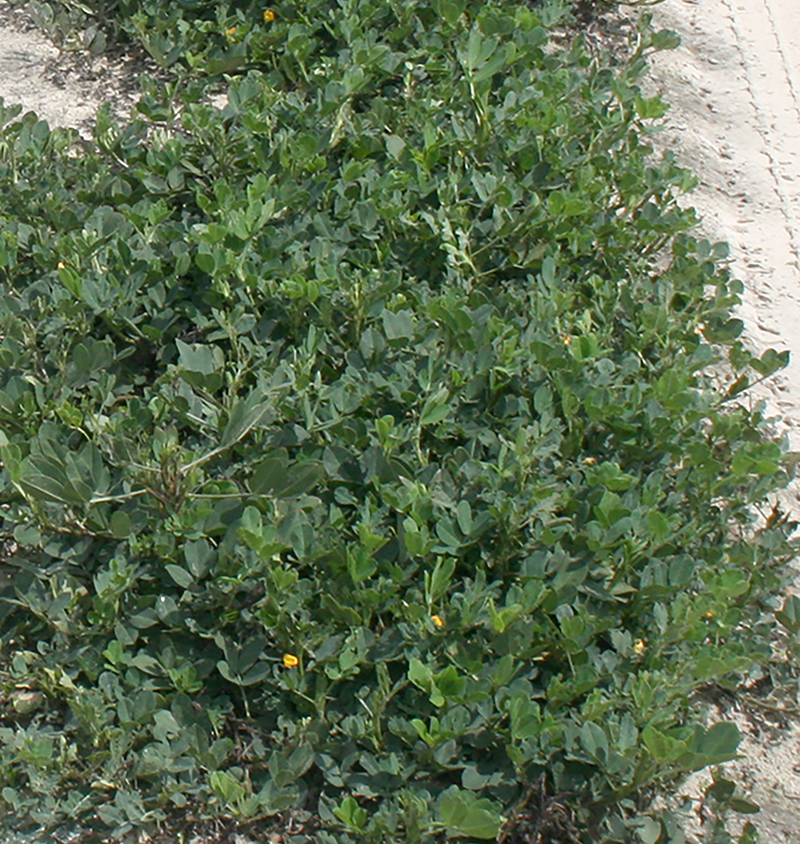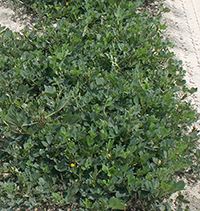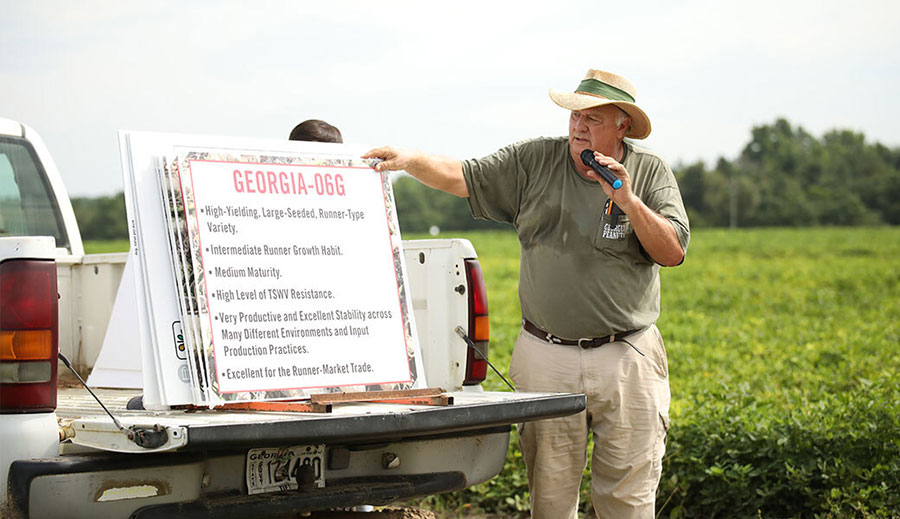Through part of a $12.1 million grant from the U.S. Department of Agriculture, University of Georgia Cooperative Extension peanut entomologist Mark Abney is studying the biology of the burrower bug and developing an effective management program.
The USDA Crop Protection and Pest Management Competitive Grants Program allocated $324,615 to Abney’s research as part of the grant, which was distributed this spring to support crop protection and pest management across the country.
Abney’s project aims to develop a risk assessment tool that producers can use to determine the likelihood of burrower bug damage in a field. He also wants to identify chemical compounds used by the burrower bug for communication, including aggregation or sex pheromones.
“The burrower bug has been recognized as a serious pest of peanuts in Georgia for less than a decade, so there was very little work done here before we started working on the problem in 2014. Insects that live in the soil are notoriously difficult research subjects, and the burrower bug is no exception,” Abney said.
Burrower bugs feed on peanut plants underground, directly on the developing seed within the pod. Its mouth is like a hypodermic needle, piercing the pod wall, penetrating the seed and sucking the juice from the plant.
Burrower bug feeding doesn’t leave visible signs on the outside of the pod, so the peanuts must be shelled and each seed inspected to reveal the damage.
Although Abney does not classify last year as an “outbreak” year for burrower bugs, he did report some fields with significant losses.
“Burrower bugs are native to Georgia, and they are not likely to go away completely. The level of damage and subsequent economic loss caused by burrower bugs fluctuates from year to year,” Abney said. “A big part of our research is trying to figure out what factors are responsible for the up-and-down damage cycle.”
Abney advises growers who have never experienced burrower bug damage not to change their practices based on the threat of potential infestation. Producers who have fields with a history of bug damage can reduce future risk by deep-turning the land prior to planting and by applying the granular form of the insecticide chlorpyrifos.
“It is important to remember that neither of these practices alone or in combination will ensure damage-free peanuts, but they do reduce risk,” Abney said. “We are hopeful that our ongoing research will lead to new management recommendations in the near future.”
To receive updates about the burrower bug or other insects that affect Georgia’s peanut crop, visit blog.extension.uga.edu/peanutent.








